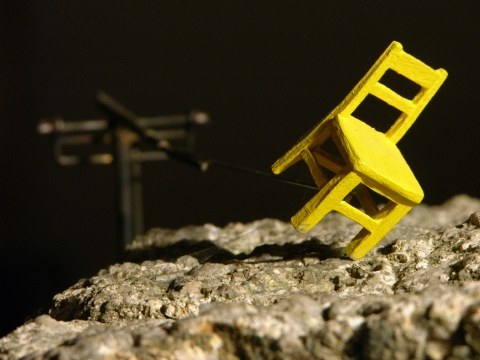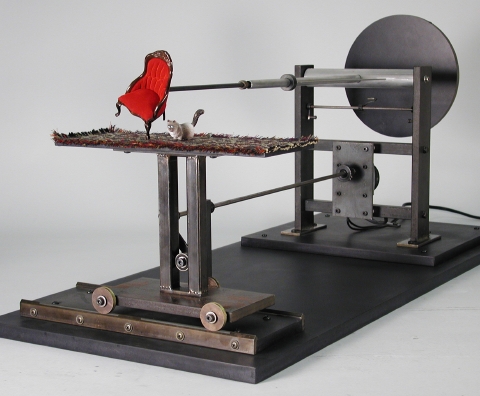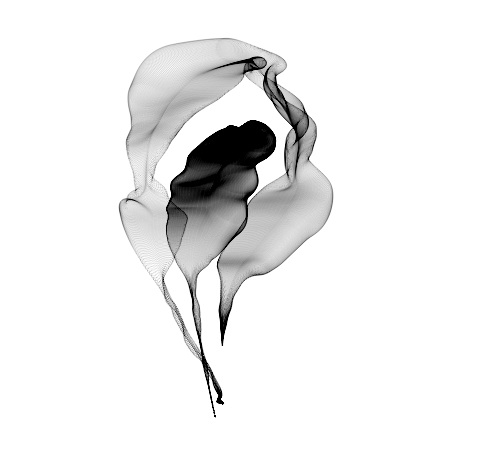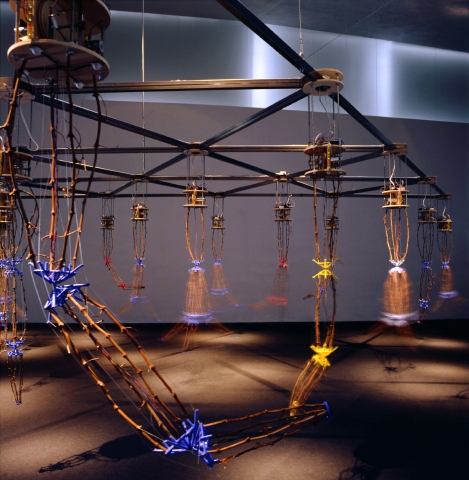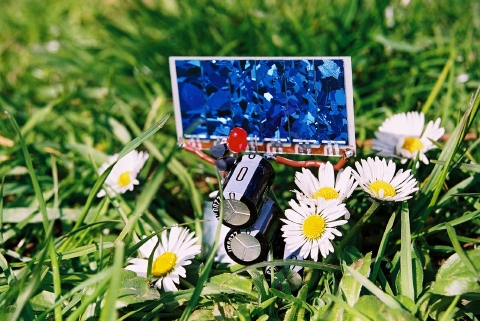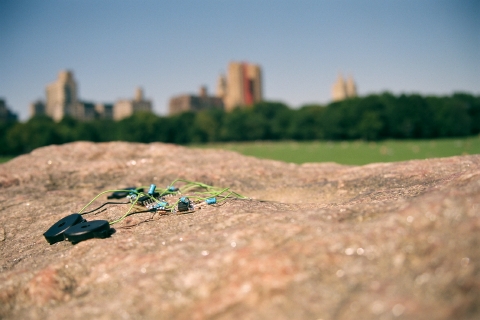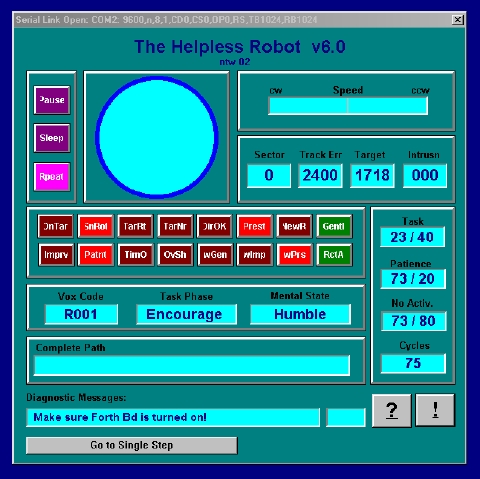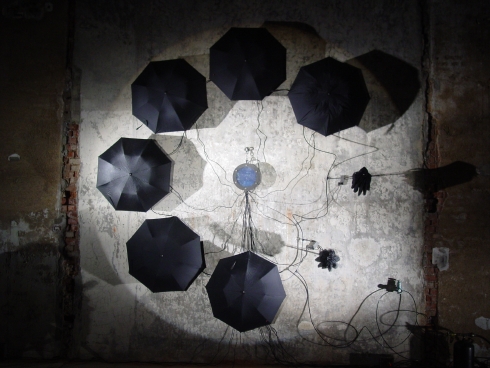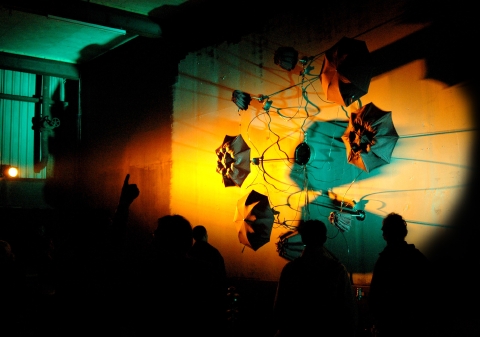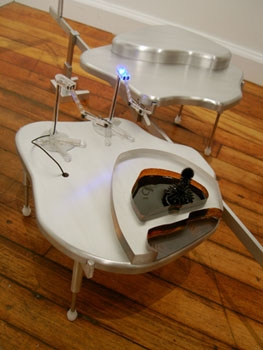http://www.boutiquevizique.com/BV/dustbunnies.html
DUSTBUNNIES
Our goal was to create an interface that would allow both individual and multi-user interaction. as a reflection of human social behavior, we came up with the idea to create a group of separate, but similar interfaces that would behave as a group itself. Their internal communication became the centre of our focus creating an installation that - in it’s reactive behavior - emphasizes the visitor to consider their own actions and movements. As a result, communication - in whatever form - among the different visitors, young and old, is inevitable
Contiously choosing for installations without a manual we had to come up with a small number of defined rules which we linked directly to an auditive output. Although this direct connection, the visitors experience depends upon their own approach toward the ‘installation’ rather then on what we decided to happen. To us it was really important to get away from the ‘one-to-one interaction’, as we used in our previous work. No more: “i-do-this-which-causes-that”, as other visitors will influence the output just as much as you do.
Technicaly the dustbunnies are seven ball shaped, soft sculptures that contain a whole set of electronic components. And although we use some of the latest technology (as the zigbee communication system for example), all this is hidden as far as possible. It’s their guts and brains, but just like ours no fun to look at. Yet, we care about all the pluses and minuses cause it gives them a soul that gets reflected in their actions.
They have three main states of behavior, but several random generators in their code have to make them more unpredictable. The first state is their daily life ignoring humans. This is their true nature. While collecting dust, they murmur to each other in a language we don’t understand. Imperturbable it seems, but if you walk into their territory, they all become quiet and pretend dead. However, if they get used to your presence they will continue their routine.
So the only way to observe them in that first state is by becoming motionless yourself. In order to penetrate their mysterious world you have to give up some of your own personal freedom. If that’s out of question, you may try to reveal their secrets by taking a closer look. But be careful.! As soft as they look and feel; touching a dustbunny will cause a furious screaming by all members of the colony. The whole group will show their dislike. By doing so they stimulate a certain group exploration by the visitors. One person interacting will cause a total different reaction then a group intervention.
It’s obvious that the installation in being interactive somehow requests a certain passiveness from the visitors. You are on dustbunny territory here.!
Filled with knowledge and memories collected on their way, already looking for a new home. make them numb, sing or scream. It’s up to you! Have fun!

